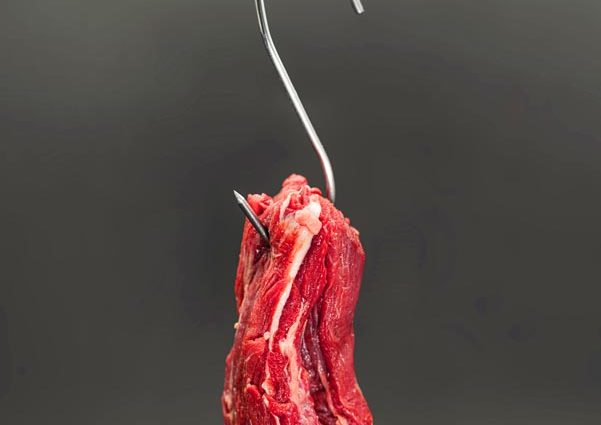In the bustling world of meat processing, precision reigns supreme. Imagine the intricate dance of knives slicing through cuts of meat, machines humming in harmony, all while ensuring safety and quality. Proper tool calibration stands as a cornerstone in this dynamic arena, pivotal to achieving consistent results and maintaining the integrity of the final product.
The Importance of Calibration
Calibration is the meticulous process of adjusting and validating tools and equipment to ensure they function within specified limits. Here’s why it’s crucial in meat processing:
- Consistency is King:
Meat processing thrives on uniformity. Whether you’re grinding, slicing, or packaging, each cut must meet specific standards. Calibration ensures that every piece of equipment produces the same result, reducing variability.
- Safety First:
Improperly calibrated tools can lead to safety hazards. Think of a grinder that operates at incorrect speeds or a slicer that misaligns. Such issues can not only compromise the quality of the meat but also pose risks to workers and consumers.
- Quality Assurance:
The meat industry is under constant scrutiny for quality. Calibration helps ensure that the physical properties of the meat, such as thickness and weight, adhere to regulatory standards. This not only protects consumers but also maintains the reputation of the business.
Strategies for Effective Calibration
Implementing effective calibration practices is essential for any meat processing operation. Here are some strategies to ensure success:
- Regular Scheduling:
Develop a routine calibration schedule. Depending on the tool and its usage frequency, this could be daily, weekly, or monthly. Consistent calibration prevents drift over time and ensures tools remain accurate.
- Document Everything:
Keep meticulous records of calibration procedures. Documenting results helps identify trends and patterns, making it easier to spot potential issues before they escalate.
- Train Your Team:
Equip your staff with the knowledge to understand the importance of calibration. Proper training ensures everyone is on the same page and recognizes the signs of equipment malfunction.
- Use Certified Standards:
Calibration should be performed using certified standards or reference materials. This guarantees that the results are reliable and meet industry benchmarks.
- Visual Inspections:
Regularly perform visual inspections of tools and equipment. Look for signs of wear, rust, or damage that might affect calibration accuracy.
Conclusion
In the world of meat processing, proper tool calibration is not merely a procedural formality; it’s a commitment to excellence. Each slice, cut, and package tells a story of precision and care.
Ultimately, calibration is about more than just numbers on a gauge. It embodies the very essence of quality control, safety, and efficiency. As you navigate the complexities of meat processing, remember: the true measure of success lies in the details.
Properly calibrated tools will ensure that every detail is just right, leading to satisfied customers and a prosperous operation. So, calibrate with care—your reputation depends on it!

